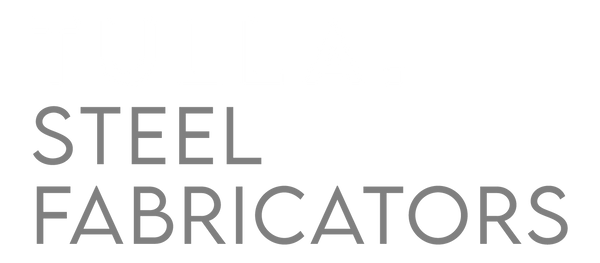How Plasma Cutting is Revolutionising Steel Fabrication
Share
The old days of cutting steel often meant slow work, messy edges, and limits on thickness. Flame torches or mechanical saws did the job, but not without drawbacks. Enter plasma cutting, a breakthrough that uses blazing-hot plasma arcs to cut through steel cleanly and quickly. This post explores what is plasma cutting, why it’s transforming fabrication, and how it stacks up against other methods.
Understanding Plasma Cutting
Plasma cutting works by forcing ionised gas known as plasma through a tiny nozzle. When an electric arc meets that gas, it heats up to around 20,000 °C or higher. This super-hot, condensed jet slices through steel with a high-velocity stream, and compressed gas channels the molten metal away. It’s like lightning in a funnel, fast, efficient, and powerful.
The process relies not just on heat, but precision, thanks to the shielding gas and nozzle design keeping the cut clean and focused.
What Makes Plasma Cutting a Game-Changer
The adoption of plasma cutting has delivered numerous benefits to the steel fabrication industry.
Speed that makes a difference
Plasma cutting is remarkably quick, often twice as fast as oxy‑fuel when cutting the same thickness. Whether modern machinery or hand-held torches, the time savings add up.
Versatility across thickness and metals
Plasma works not just for heavy-duty plate cutting but also for thin sheets, with clear benefits over oxy‑fuel and mechanical saws. Plus, it zips through stainless steel, aluminium, brass, copper, and more, as well as anything conductive.
Pulling off clean and precise cuts
Edges from plasma are smooth, dimensionally accurate, and clean, reducing the need for secondary finishing. CNC control only improves that consistency.
Patterns without compromise
Complex curves, internal holes, or decorative shapes? CNC‑driven plasma slicing makes them routine rather than risky.
Minimised distortion
Because the heat is so localised, the heat‑affected zone is narrow, preventing warping or material stresses.
Great value for money
Plasma brings real cost savings through fast cutting, less waste, and less clean‑up. Modern systems are also more accessible than ever.
Safety and automation built in
Plasma cutting offers a much safer setup with fume extraction and digital control than open‑flame options.
Seamless CNC integration
Plasma systems slot into CNC workflows effortlessly, unlocking speed, repeatability, and automation, not unlike CNC laser cutting or CNC cutting setups.
Plasma Cutting Compared to Other Methods
|
Method |
Pros |
When It Excels |
|
Plasma Cutting |
Fast, versatile, accurate, minimal heat distortion |
Everyday fabrication of conductive metals |
|
Oxy‑Fuel |
Good on thick ferrous steel, lower setup cost |
Very thick mild steel sheets (>50 mm) |
|
Laser Cutting |
Ultra-fine detail, very thin steel |
High-precision or decorative steel work |
|
Mechanical Cutting |
Robust, no thermal effects |
Sawing basic profiles where precision isn’t needed |
Where Plasma Cutting Makes a Difference
Plasma cutting has become a go-to method in many steel fabrication projects. It’s commonly used for building frames and architectural structures, where accuracy and speed make a real difference. The same applies to heavy machinery and mining equipment, where strong, thick components must be shaped efficiently.
In shipbuilding and vessel maintenance, plasma helps repair or replace large steel parts quickly, while in automotive and transport, it supports the production of everything from chassis parts to custom panels. It's also a reliable method for creating durable farming equipment like ploughs and trailers.
On the creative side, plasma is often used for signage and detailed metalwork, anything that needs clean lines and a professional finish. Whether it’s for structural use or aesthetic appeal, builders, engineers, and designers trust plasma for custom fabrication work across many industries.
New Twists in Plasma Technology
Recent advances include:
- Smarter torches and consumables that last longer and cut cleaner
- CNC plasma tables with multi-axis control for angled cuts and weld prep
- Fine plasma tech for detail that rivals laser cutting
- Automated systems that load, cut, and unload with minimal human input
- Vertical plasma tables saving floor space while speeding up cuts
Where Plasma Cutting Is Headed
The future will bring even greater automation, higher precision tolerances, and better integration with other tools like laser cutting and robotic welding. Smarter software will help plan cuts for minimal waste and effortless detailing.
Time for Faster, Cleaner Fabrication?
If speed, accuracy, and versatility matter to your project, plasma cutting is worth a look. It’s fast, flexible, and integrates cleanly with CNC workflows, making it one of the most powerful tools in steel fabrication today.
Want to see how plasma tech fits your needs? Chat with Tulla Steel Fabricators. We’ll match the right cutting method, be that plasma cutting or something else, to get your job done precisely and efficiently.
